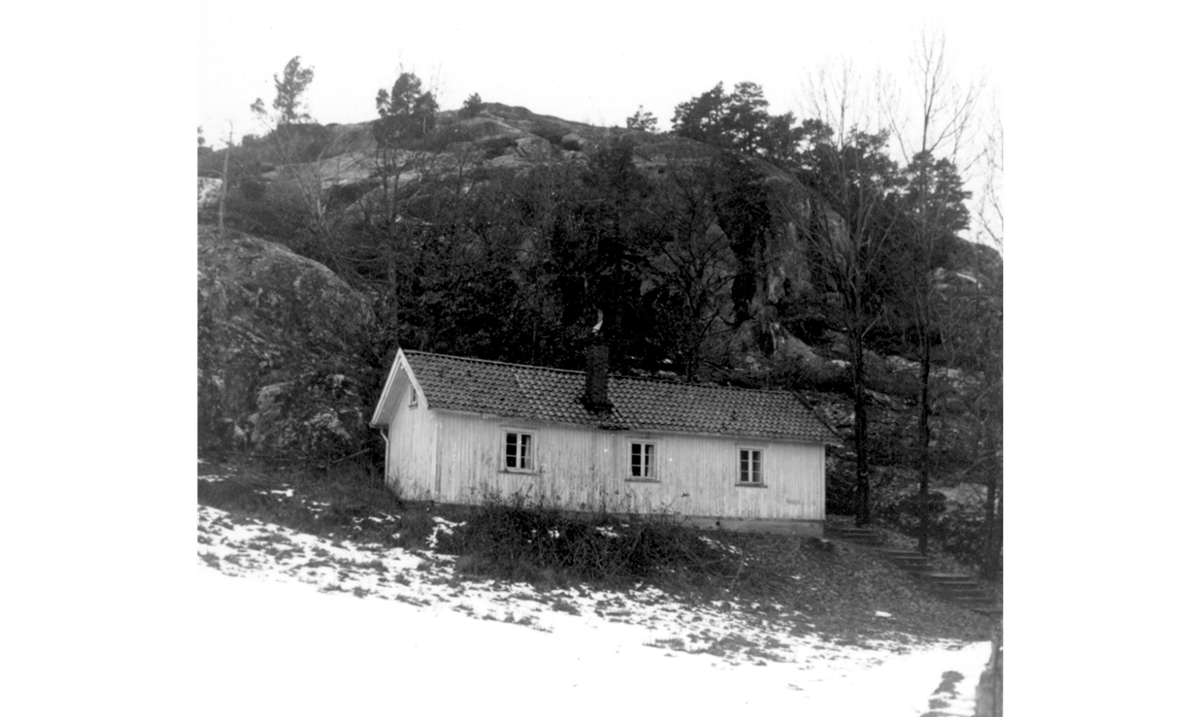Knut Hamsun in Eide and Grimstad

He lived at Nørholm until his death in 1952. The farm was expensive: NOK 220 000. According to Hamsun biographer Ingar Sletten Kolloen, the amount was equivalent to the total annual salary of all 58 elementary school teachers in the five surrounding villages. Hamsun was an affluent author.
He moved his whole family into a run-down manor house. Not before long, the construction of an estate manager’s residence was well underway. Then a barn was added. In 1920, Hamsun was awarded the Nobel Prize in Literature, and this was a welcome injection of money considering the extensive renovation of his property. The result was a model farm in which Hamsun had invested large amounts – but it never made a profit.
In the early 1920s, Hamsun had a croft moved and re-erected a few minutes' walk from the main building. This he turned into his workshop, with a desk and a library. He was, in principle, not to be disturbed, but he had four children who often came to say hello.
Hamsun made all the money he needed from his writing. A number of his books were written at Nørholm: The Women at the Pump (1920), Chapter The Last (1923), Vagabonds (1927), August (1930), The Road Leads On (1933), The Ring is Closed (1936), On Overgrown Paths (1949).
When war broke out in 1940, Hamsun helped disseminate German propaganda. It has also been questioned whether he was a member of National Samling, the Norwegian fascist party. When the war ended, he was put under house arrest and then detained at the old hospital in Grimstad. He was later moved to a nursery home in Landvik. In October 1945, he was admitted to Oslo psychiatric clinic where he was assessed by the psychiatrists Langfeldt and Ødegård. The two specialists concluded that Hamsun had impaired mental faculties. As a result, the Director General of Public Prosecution did not charge him with treason, but the state took civil action against him claiming that Hamsun had been a member of Nasjonal Samling. In 1948, Hamsun was sentenced to pay NOK 325 000 in compensation. The following year, he published his final book, On Overgrown Paths, where he describes the period from the arrest until his Supreme Court sentencing.
This was a sad finale for Hamsun. When he died in 1952, he was marginalised in the local community as well as in a national context.
 Tickets
Tickets


